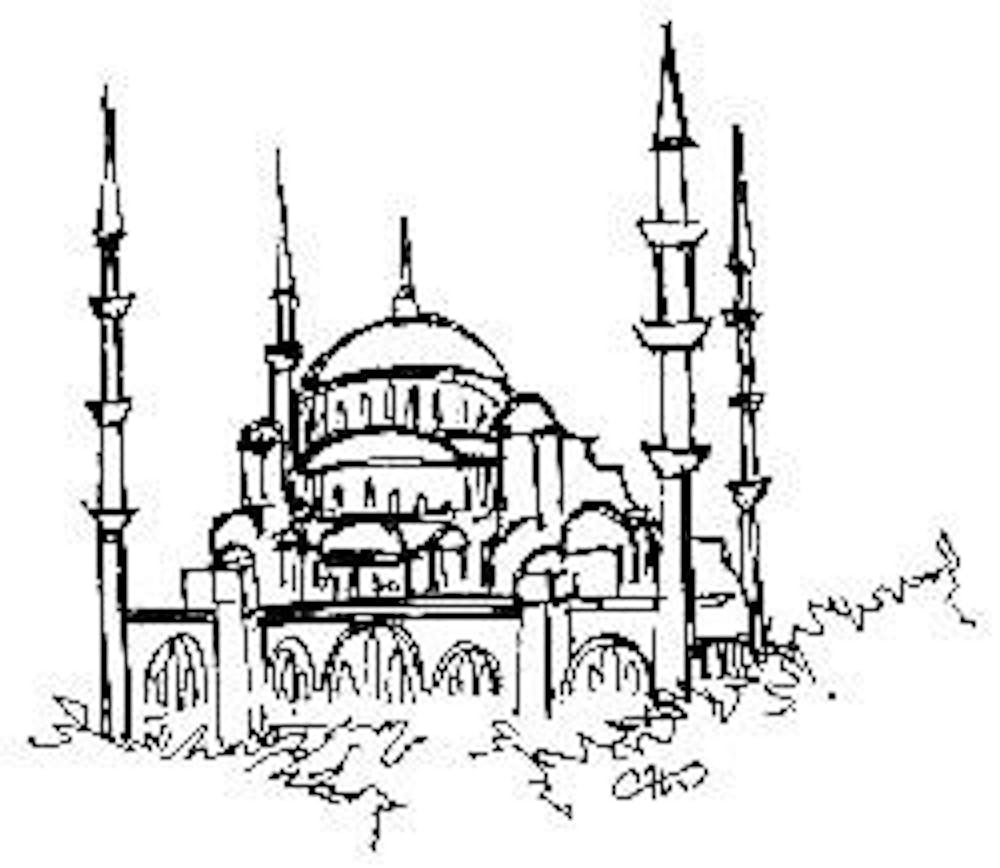
(Dan Chudzinski)
Last June I traveled independently for several weeks across Turkey, a country whose location at the traditional crossroads of Europe and the Near East provides an interesting look at issues related to contemporary European and Islamic identity. As in many European cities, to walk through the cobblestone streets of Istanbul's old city is to experience almost 2,000 years of history. However, nowhere else in Europe does Islamic heritage run so deep in a city with such a self-conscious Western intellectual orientation. Rooted in the ruins of the Byzantine and Ottoman empires, aqueducts and minarets form the backdrop for a modern, eclectic metropolis where the muezzin's evening call to prayer can be heard while walking past lauded nightclubs or pricey French restaurants.
The Turkish experience in the 20th century was defined by its transition from an Islamic sultanate to a secular democracy. Following the Ottoman defeat in World War I, the charismatic Mustafa Kemal Pasha, later known as Ataturk (or father of the Turks), fought a three-year revolution, ultimately founding the Republic of Turkey in the Western democratic mold. Strongly influenced by European nationalist thought, Ataturk cultivated a new "Turkish" state, instituting a strictly secular constitution and penal code, public education and reemphasizing the Turkish language.
In the process of these intense nationalist reforms, he outlawed many of the old Ottoman Islamic customs and practices, notably the wearing of the traditional fez and the iconic whirling dervishes. Through such policies, Ataturk helped cement a united nation from the rubble of the Ottoman Empire, but in doing so also disaffected many devout Muslims who were forced to subordinate their Islamic identity to their Turkish one.
After spending several days exploring Istanbul I decided to leave the city behind and took an 18-hour bus ride into the provincial region of Cappadocia, in the heart of central Anatolia. Away from the markets and skyscrapers of the city, the open landscape extended south to the rugged snowcapped peaks of the Taurus Mountains. To the east, the solitary volcano Erciyes dominated the horizon, while the gently rolling plains in between were interrupted by narrow canyons and bizarre rock hoodoos. Sometimes reaching three or four stories high, these hoodoos have been used for three millennia as shelter, and many of the region's towns and villages are literally built into the rock cones.
Sitting on the rooftop lounge of an old pension, I had a conversation with Conde Nast's Turkish travel agent, an eccentric New Yorker who has watched the contemporary clash of identities within Turkey unfold. In between cups of tea he talked about how increased immigration to Istanbul from the country's east had brought a new fundamentalist element to the city. On the streets, one can now see black chadors mixing with business suits - a sight unimaginable only 15 years ago - and the election of the religiously conservative Prime Minister Recep Tayyip Erdogan seems to be the political acknowledgment of this recent wave of religious revivalism. In effect, Turkey now stands at a figurative crossroads, having to reconcile its nationalist tendencies with democratic principles and religious traditions.
Western Europe has also struggled with issues of identity and culture in recent years. Sprouting from demographic shifts catalyzed by waves of Muslim immigration following World War II, the notion of "preserving" the European identity has factored decisively into domestic and international politics. The sense of marginalization felt among European Muslim youth has been expressed in renewed religiosity, a reassertion of Muslim identity and a sense of alienation from an increasingly secular European psyche. Such disaffection is heightened by socioeconomic disparities and de facto ghettoization, further hindering integration into the cultural and political mainstream.
In November 2005, a wave of civil unrest, fueled by the angst felt by many French-Muslim citizens over perceived social and socioeconomic discrimination, began outside Paris and soon engulfed much of the country. While this serves as one of the most dramatic illustrations of the depth of European-Islamic identity issues, day-to-day concerns have also had an important role in public debate. Because of the power education and language have in forging identity, there has been much controversy regarding displays of Islam in schools, specifically regarding British funding for private Islamic schools and the French headscarf ban.
Currently European Muslims form the continent's largest minority group, and as ethnic European birthrates remain stagnant, the continent's majority will have no choice other than to overcome its nativism. As complicated as the issue of identity is in an immigrant-based society such as the United States, it is measurably more difficult in the traditional racial and cultural homogeneity of the European countries. A balance must be struck between preserving states' unique cultural heritages while finding ways to integrate significant minority populations out of the margins and into the middle class. While Turkey grapples with how to express its multitple layers of identity, Western Europe needs to redefine its image of self.




